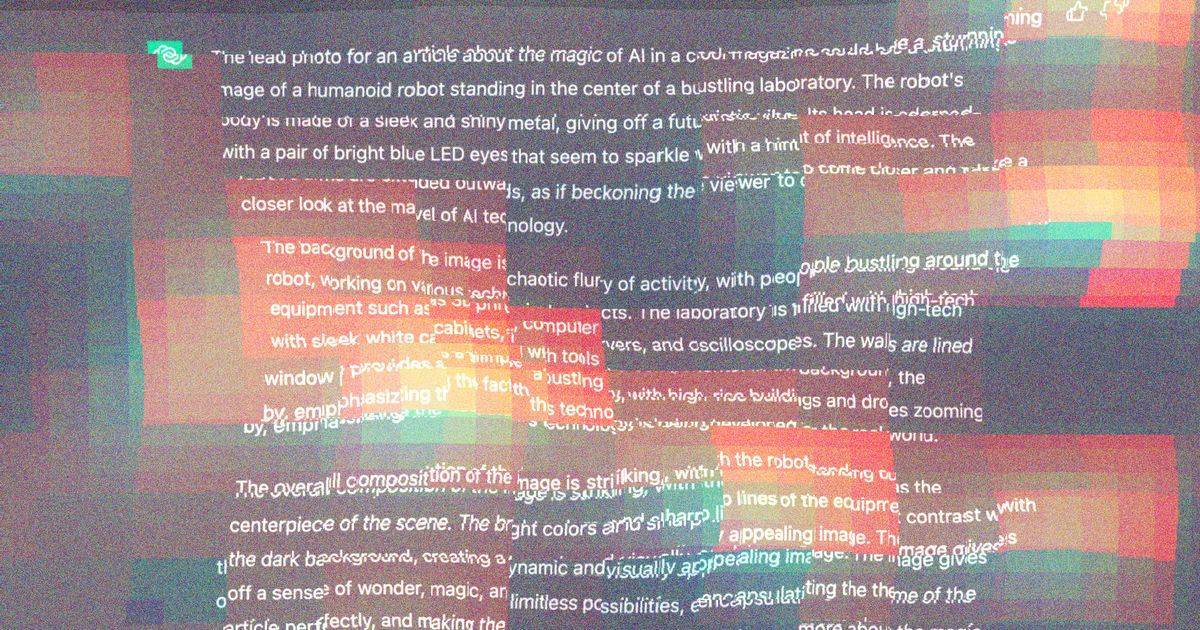Isabelle Levent
@isabellelevent
Isabelle Levent
@isabellelevent
As more artists gain access to AI and take up the tools, artists will have a whole new look — both how they look making art and how their art develops.
A couple participants found success using the chatbot as a convenient search engine alternative (KL, WT). KL wrote: “It’s kind of great to use the chat interface and treat LaMDA as a thesaurus, quote finder, and general research assistant.”
For a computer to make a subtle combinational joke, never mind to assess its tastefulness, would require, first, a data-base with a richness comparable to ours, and, second, methods of link-making (and link-evaluating) comparable in subtlety with ours.
Tech and Policy and
The fact that adding keywords like Let’s Think Step By Step , adding “Greg Rutkowski”, prompt weights, and even negative prompting are still so enormously effective, is a sign that we are nowhere close to perfecting the “language” part of “large language models”.
Imagine an art-lover at an exhibition entitled ‘Dots 2008’. He speaks to two artists, each displaying a painting. In both cases, the art-lover cannot see past the seemingly random arrangement of dots of paint. He mentions this to the first artist, who says: “Oh, no, they’re not randomly placed. Each dot represents a friend of mine. The colour of
... See more

Tech Ethics and
New art-making technologies change art in consistent ways, and studying the past helps us understand how things will change in the future.